Over the past thirty-five years, Tomaselli has established an international art career—exhibiting his celebrated hybrid paintings and works on paper with such high-profile galleries as London’s White Cube and James Cohan in New York and at major museums, like the Los Angeles County Museum of Art, Carnegie Museum of Art in Pittsburgh, and New York’s Museum of Modern Art and Whitney Museum of American Art, which all have his works in their permanent collections.
Returning to James Cohan for his sixth solo show since joining the gallery in 2000, Tomaselli is presenting eight new resin paintings and fourteen painted collages, which employ appropriated text and imagery related to current events from the front pages of The New York Times.







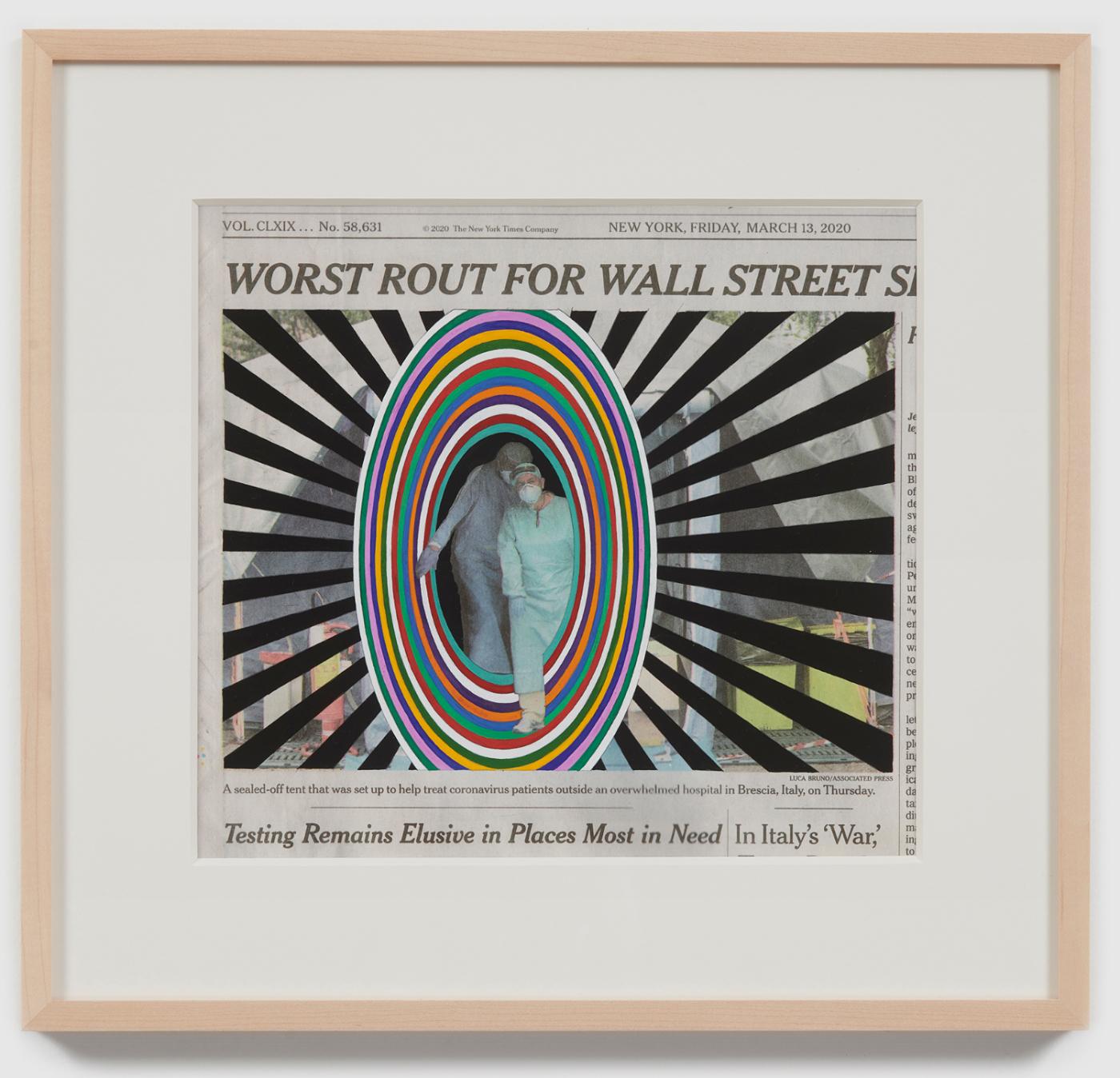
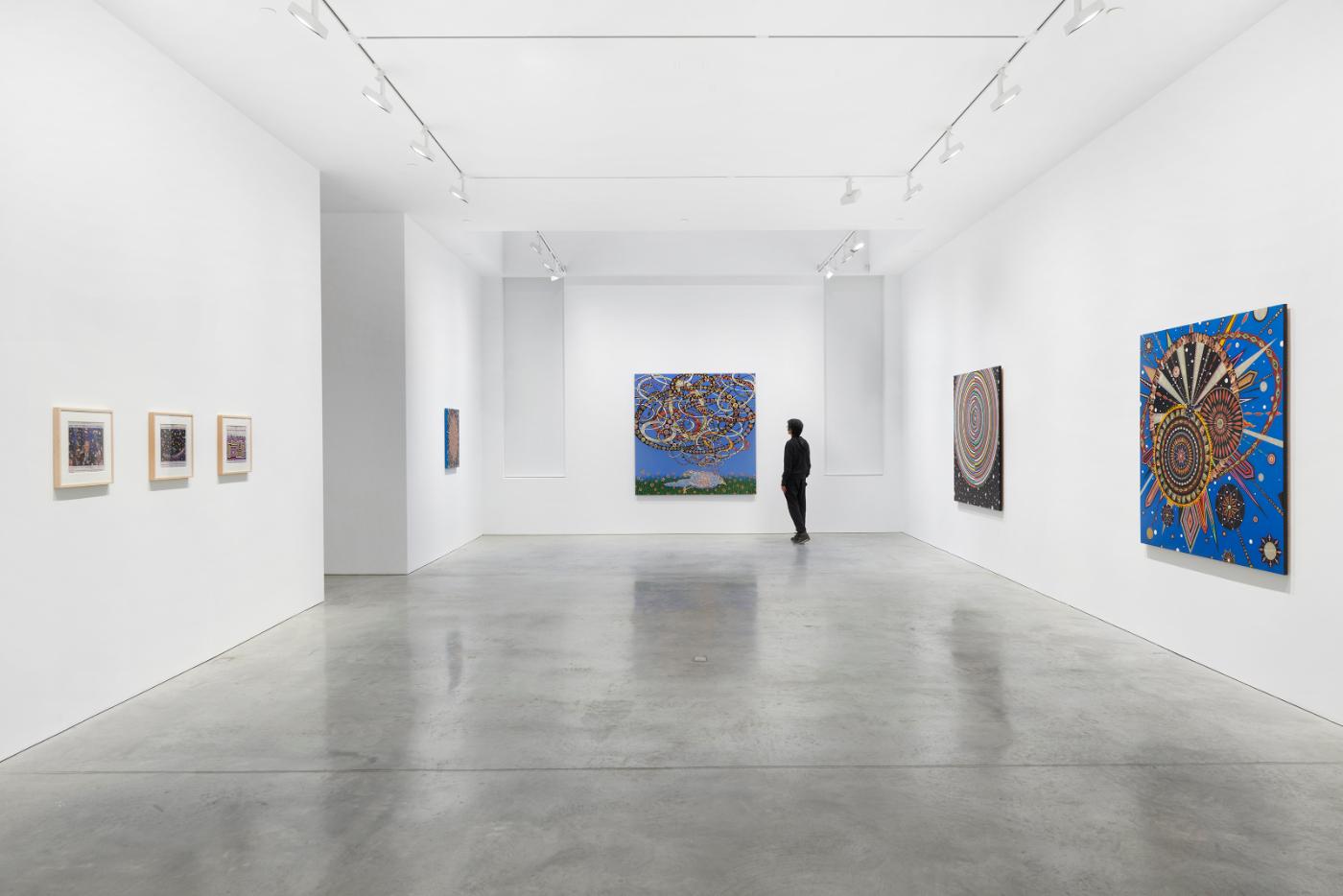
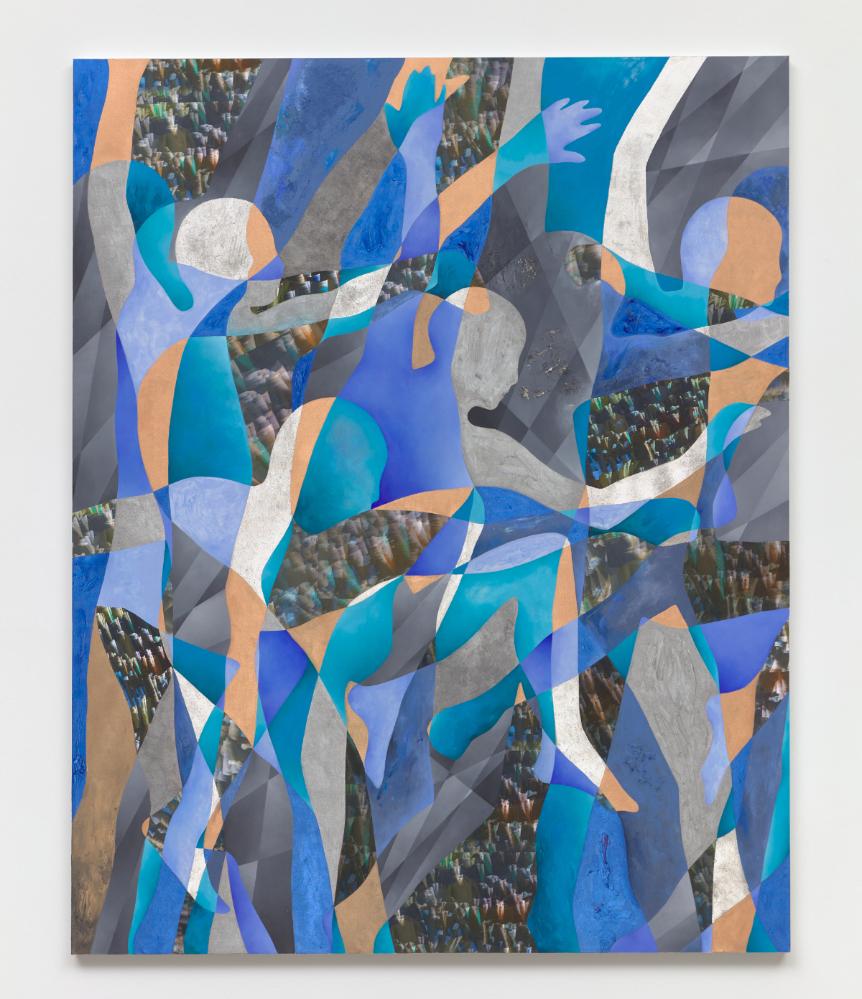

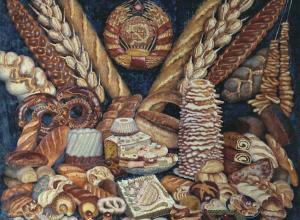
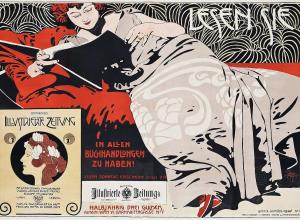


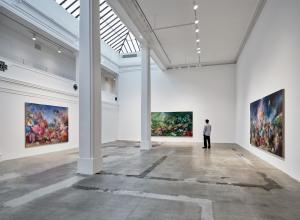



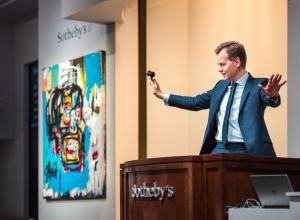






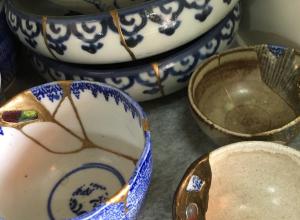





![DEl Kathryn Barton [Australian b. 1972] the more than human love , 2025 Acrylic on French linen 78 3/4 x 137 3/4 inches 200 x 350 cm Framed dimensions: 79 7/8 x 139 inches 203 x 353 cm](/sites/default/files/styles/image_5_column/public/ab15211bartonthe-more-human-lovelg.jpg?itok=wW_Qrve3)
